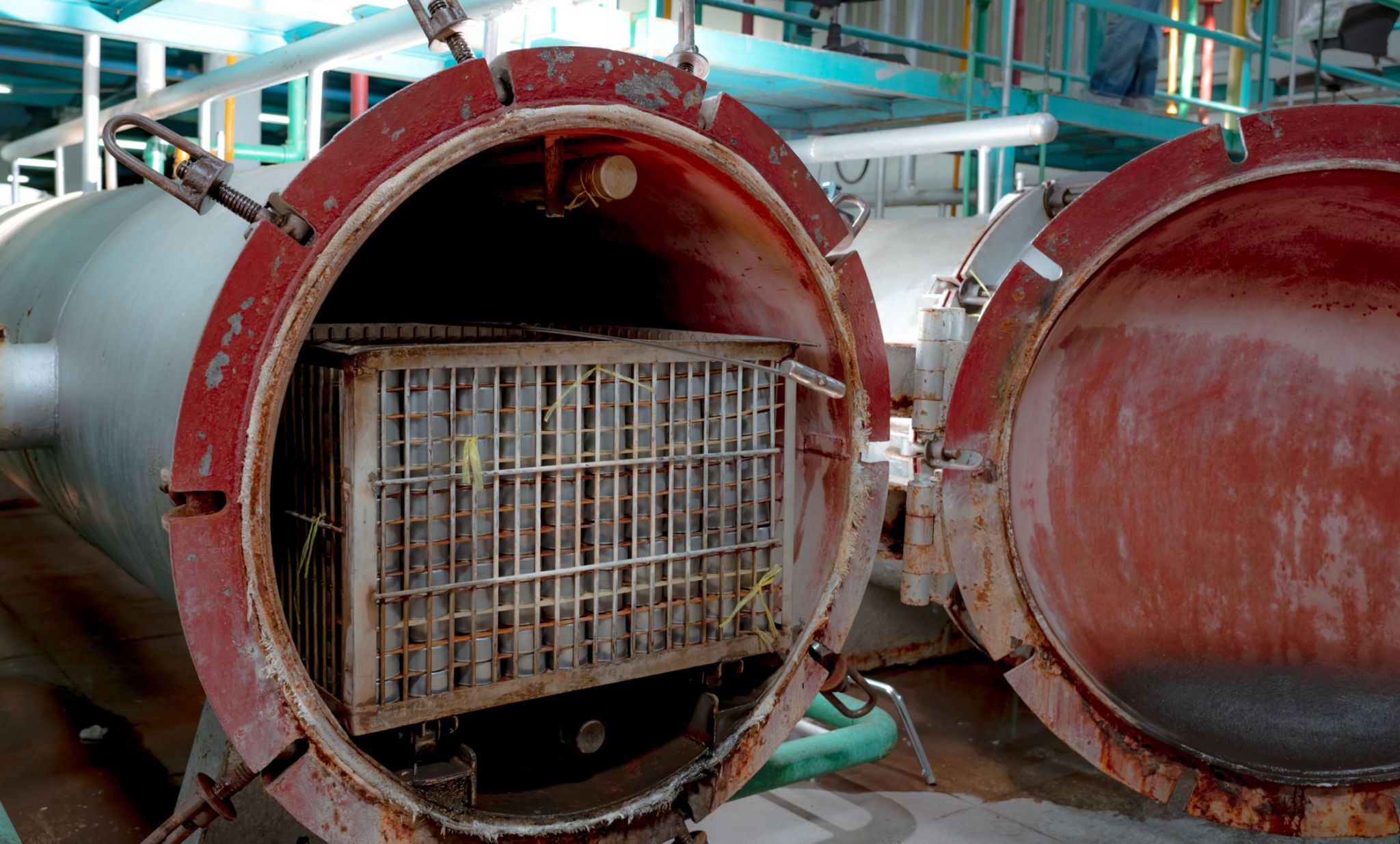How High Pressure Processing Enhances Food Safety and Quality: An Expert Perspective
Understanding High Pressure Processing (HPP)
High Pressure Processing (HPP) is a cutting-edge technology that has revolutionized the food industry. This non-thermal preservation method uses extremely high pressure to inactivate pathogens and spoilage microorganisms in food, enhancing both its safety and quality. Unlike traditional methods, HPP preserves the food's natural flavors, colors, and nutrients, offering consumers a fresher and more nutritious product.
The process involves placing food products in a high-pressure chamber and applying pressures of up to 600 MPa (megapascals). This immense pressure effectively destroys bacteria, viruses, yeasts, molds, and parasites without the need for heat, making it an ideal solution for preserving heat-sensitive foods.

Enhancing Food Safety
One of the primary benefits of HPP is its ability to significantly enhance food safety. By eliminating harmful microorganisms, HPP reduces the risk of foodborne illnesses. This is particularly crucial for ready-to-eat meals, deli meats, and seafood, which are prone to contamination. The process ensures that these products remain safe for consumption throughout their shelf life.
In addition, HPP allows for the production of minimally processed foods with an extended shelf life, reducing food waste. Consumers can enjoy fresh-tasting products without the need for artificial preservatives or additives. This aligns with the growing consumer demand for clean-label foods that are both safe and wholesome.

Preserving Nutritional Quality
Unlike thermal processing methods that can degrade the nutritional quality of food, HPP maintains the vitamins, minerals, and antioxidants naturally present in fresh produce. The absence of heat ensures that sensitive nutrients are preserved, providing consumers with healthier food options.
This preservation of nutrients is particularly beneficial for fruits, vegetables, juices, and smoothies. These products retain their original taste and nutritional profile, offering a superior alternative to traditionally processed foods. As a result, HPP can contribute positively to dietary health by making nutrient-rich foods more accessible.

Extending Shelf Life Without Compromising Quality
HPP not only enhances safety but also extends the shelf life of food products. This is achieved by inactivating spoilage microorganisms that cause food to deteriorate. The extended shelf life allows producers to distribute their products over greater distances without compromising quality or incurring significant losses from spoilage.
Moreover, with HPP, manufacturers can offer consumers seasonal products year-round, ensuring a steady supply of fresh-tasting foods regardless of the time of year. This capability supports global food distribution networks and helps meet consumer demands for high-quality products.
Environmental Benefits of HPP
Aside from its impact on food safety and quality, HPP offers environmental benefits. The process is energy-efficient compared to traditional thermal processing methods. Since it does not require high temperatures, it consumes less energy, contributing to a reduction in the carbon footprint of food production.
Furthermore, by extending the shelf life of products and reducing waste, HPP supports sustainability efforts within the food industry. Consumers can enjoy high-quality foods while knowing they are supporting environmentally friendly practices.

A Future with High Pressure Processing
As consumer awareness and demand for safe, nutritious foods increase, HPP is poised to play a pivotal role in the future of food processing. Its ability to enhance safety without compromising quality makes it an attractive option for producers looking to meet stringent safety standards while satisfying consumer preferences for fresh-tasting foods.
The adoption of HPP technology is expected to grow as more manufacturers recognize its benefits. This growth will likely lead to further innovations in the field, offering new opportunities for enhancing food quality and safety on a global scale.